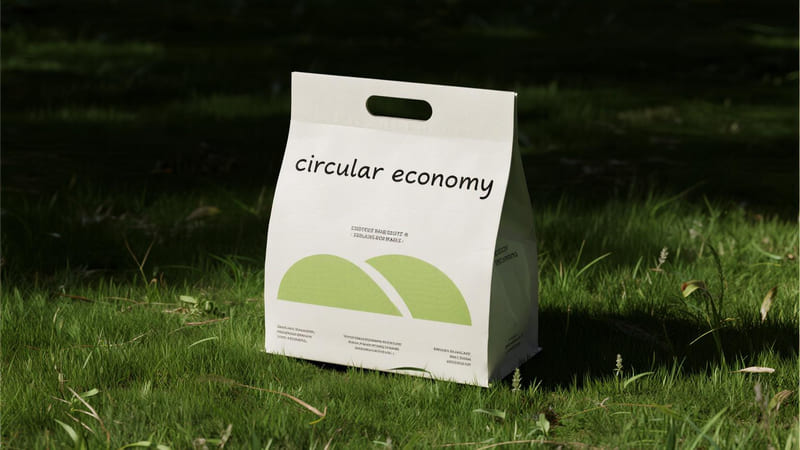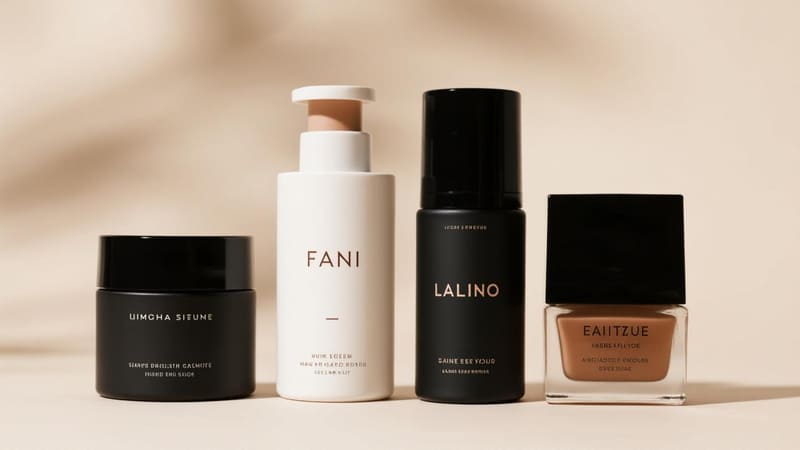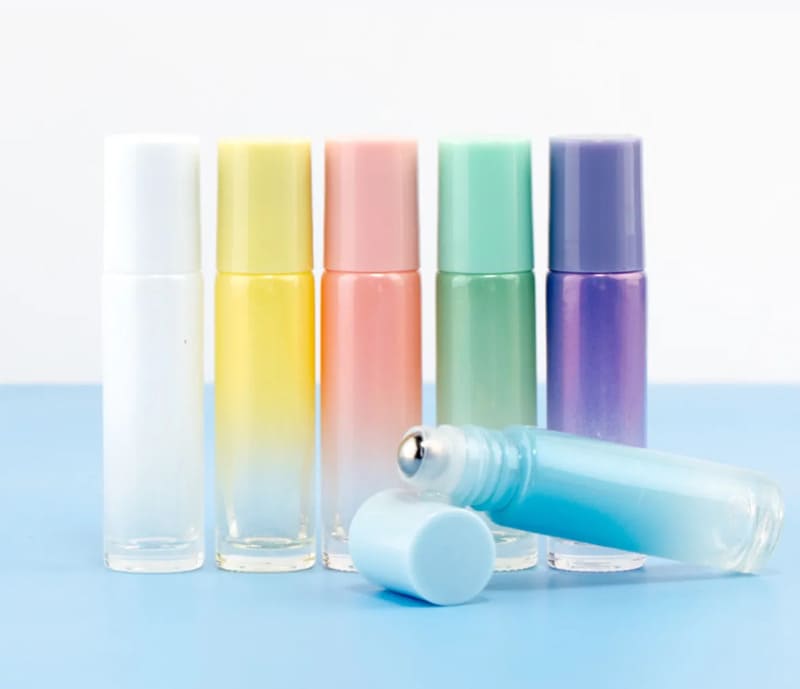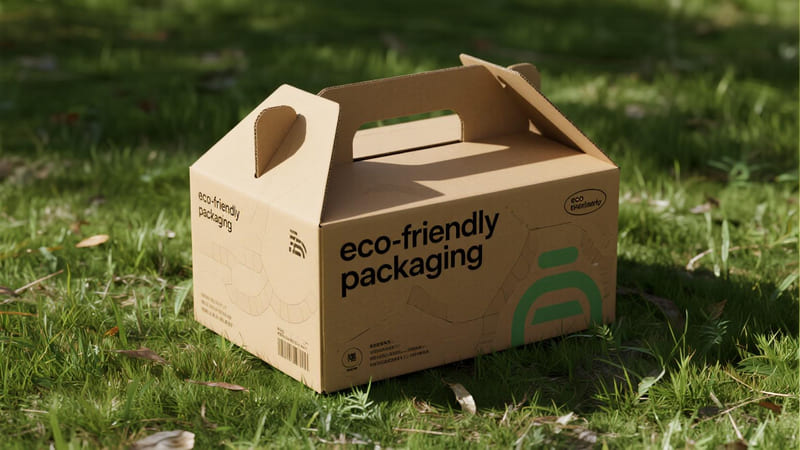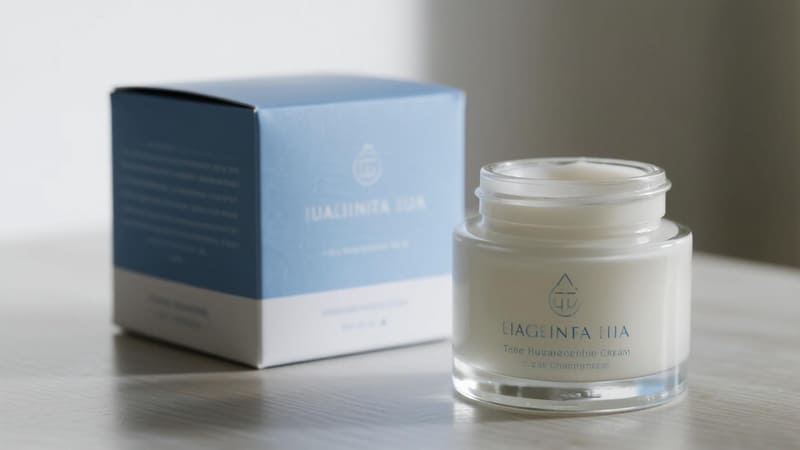You want to attract eco-conscious buyers, but fear your efforts will be seen as cheap or dishonest. Getting it wrong pushes this valuable market away. I’ll show you what they truly value.
A conscious market wants more than just a recycled box. They demand transparency, minimal waste, and packaging that tells an honest story. It’s about aligning your product’s entire presentation with their values of sustainability and authenticity, from material choice to end-of-life.
So, you understand it’s about the bigger picture. This market is educated and skeptical of vague claims. They can spot "greenwashing" from a mile away. To truly connect with them, you need to go beyond the surface level and demonstrate a genuine commitment. Let’s break down what that looks like in practice.
Is ‘recyclable’ enough for today’s conscious consumer?
You’ve put a recycling symbol on your box and think your job is done. But conscious consumers see this as the bare minimum, not a true commitment. Let’s explore what they expect next.
No, "recyclable" is just the starting point. Today’s conscious market values the entire lifecycle. They look for packaging made from recycled materials (like PCR), that is compostable, or is designed for reuse. They value circularity over simple disposability.
The goal is to move beyond a "throwaway" mindset. This is where the waste hierarchy—Reduce, Reuse, Recycle—becomes so important. "Recyclable" is the last option on that list. Conscious consumers want to see that you’ve thought about the first two steps as well.
Beyond the Recycling Bin
- Reduce: This is the most powerful step. It means using less material in the first place. I worked with my client Mohammed on a project where we "right-sized" his customer’s box, making it 20% smaller. This not only reduced paper waste but also lowered his shipping costs. It’s a win for the planet and for business.
- Reuse: Can your packaging have a second life? A beautiful, sturdy box might be kept for storage. A glass jar can be repurposed. Designing for reuse adds value and keeps your packaging out of the waste stream for longer.
- Recycle: When recycling is the end-of-life option, make it easy. Use mono-materials (like an unlaminated paper box) that can be recycled without confusion.
| Concept | What It Means | Consumer Perception |
|---|---|---|
| Reduce | Using the absolute minimum material needed. | Smart, efficient, responsible. |
| Reuse | Designing packaging with a potential second life. | Thoughtful, valuable, high-quality. |
| Recyclable | The material can be recycled. | The bare minimum expectation. |
| Recycled | The material is made from recycled content (PCR). | Actively part of the solution. |
How do I communicate my eco-story without ‘greenwashing’?
You want to share your eco-efforts but are terrified of being called a "greenwasher." One wrong word or vague claim can destroy your brand’s credibility with this savvy audience.
Avoid vague, unproven claims like "eco-friendly" or "earth-friendly." Be specific and honest. Use certified logos like FSC, state the exact percentage of recycled content, and clearly explain your choices. Transparency is your best defense against accusations of greenwashing.
Greenwashing is simply misleading consumers about your environmental practices. The conscious market has zero tolerance for it. Honesty is always the best policy. My client Anna, who runs a cosmetics brand in Thailand, saw a huge boost in customer loyalty when she added a simple, honest note to her packaging. It said, "We chose this 100% recycled box and soy inks to be kinder to our planet. Please continue its journey by recycling." It was specific, truthful, and it connected with her customers on a deeper level.
Honesty Builds Trust
| Greenwashing Claim (Vague) | Transparent Statement (Specific) |
|---|---|
| "Eco-Friendly Box" | "FSC-Certified & Recyclable Box" |
| "Printed with Natural Inks" | "Printed with Soy-Based Inks" |
| "Green Packaging" | "Made from 80% Post-Consumer Recycled Paper" |
| "Earth-Conscious" | "We right-sized this box to reduce waste by 20%." |
Does the look of eco-packaging have to be boring?
You hear "eco-friendly" and immediately picture a plain, flimsy brown box. You worry this "boring" look won’t fit your premium brand identity and will make your product look cheap.
Absolutely not. Eco-friendly packaging can be incredibly luxurious and modern. Premium sustainable materials, sophisticated minimalist design, and elegant ink-free embellishments like embossing can create a high-end look that feels anything but boring.
The "boring brown box" is a myth. In fact, for the conscious market, a minimalist aesthetic often signals confidence and quality. It says that your product is so good, it doesn’t need flashy, wasteful packaging to sell itself. At ShineTop, we specialize in helping brands achieve this. We can source beautiful, textured papers with high recycled content that feel substantial and premium. We can use techniques like embossing (raising a design) or debossing (imprinting a design) to add a touch of class without a single drop of ink. The result is packaging that is both sustainable and stunning.
Redefining Eco-Luxe
| "Boring Eco" Myth | Luxurious Eco Reality |
|---|---|
| It has to be a flimsy, brown kraft box. | Use high-quality, textured PCR paper in any color. |
| It can’t have any special finishes. | Use elegant embossing or a water-based matte coating. |
| It looks cheap and uninspired. | A minimalist design looks modern and sophisticated. |
| It’s limited in design possibilities. | Smart structural design can create a unique unboxing experience. |
Conclusion
The conscious market wants packaging that reflects their values. They demand honesty, minimal waste, and a circular mindset. Deliver this, and you won’t just gain a customer; you’ll earn a loyal advocate.


